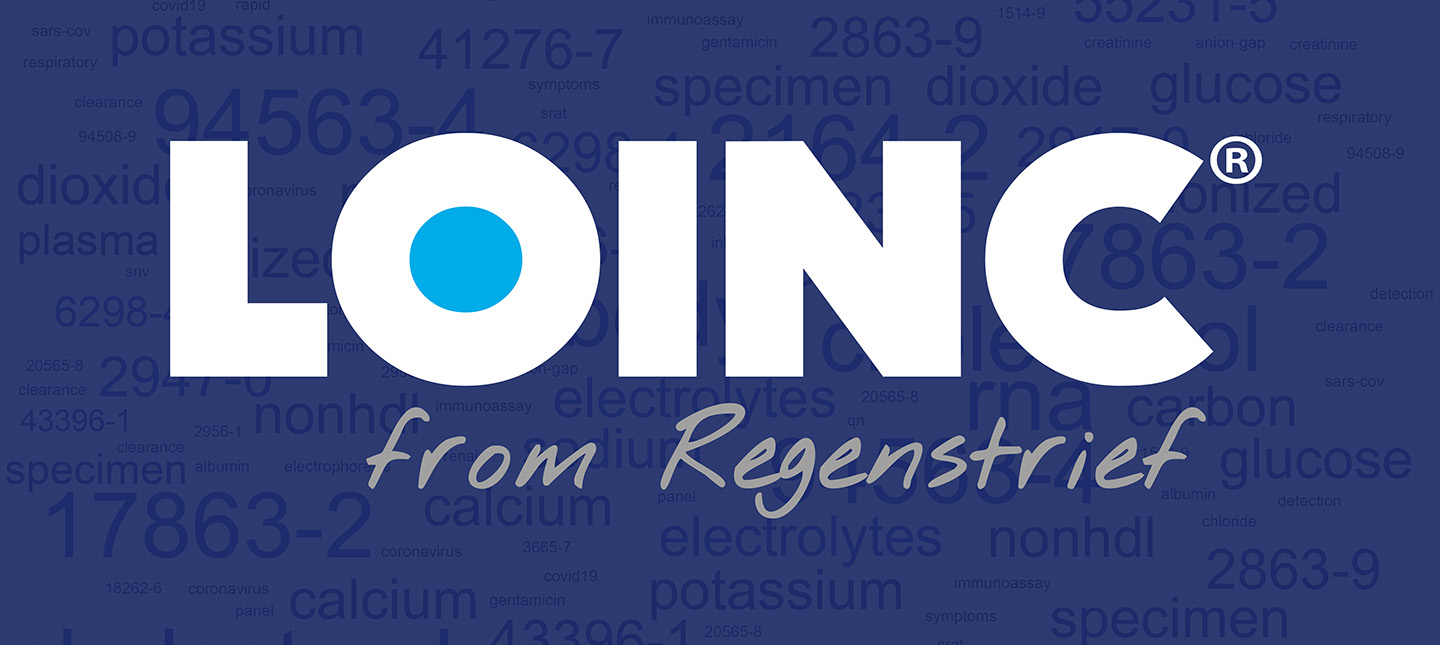Widely used scales measure pain, depression, anxiety, suicide risk, cancer fatigue and now symptoms associated with a common dental disorder
A recent study from Indiana University School of Dentistry and Regenstrief Institute presents and validates a new brief screening tool to measure patient-reported symptoms of Temporomandibular Disorder (TMD). The TMD-7 is the most recent screening tool co-developed by Regenstrief Institute Research Scientist Kurt Kroenke, M.D., a pioneer and international leader in the interpretation and treatment of physical and psychological symptoms.
In addition to the new TMD-7 screener, which will help clinicians manage the often-debilitating symptoms associated with TMD (formerly known as TMJ), Dr. Kroenke has co-developed brief survey measures in worldwide use to track symptoms of depression (PHQ-9); anxiety (GAD-7); suicide risk (P-4); and conditions common in older adults (SymTrak). Some of these tools have been translated into more than 100 languages and assist clinicians in selecting treatments and evaluating their effectiveness.
Pain is the most disabling condition in the world and the most common symptom for which adults visit a primary care physician. Depression is the second most disabling condition in the world and the most frequent mental complaint requiring a doctor’s appointment. Screening and diagnosis are crucial to improving outcomes for patients, especially, notes Dr. Kroenke, in light of the COVID-19 pandemic.
“With cancer, heart disease or stroke there are indicators that can be measured. But there are no lab tests or imaging studies for symptoms like pain, depression and anxiety, and those associated with TMD, so the patient is the yardstick — via responses to the screening tool — instead of a blood pressure reading or a blood sugar lab test result,” said Dr. Kroenke. “In a weight loss program, a clinician can measure and track a patient’s weight loss or gain. The brief, practical scales we develop help a clinician to determine the severity of a symptom and whether it is getting better or worse over time.
“Symptoms are understudied, but if clinicians can measure these symptoms they will be more able and likely to treat them,” Dr. Kroenke has observed. “Research dollars predominantly go to diseases with high death rates, but we should recognize that people may live years or decades with symptoms and the conditions that produce the symptoms, and these can be debilitating.”
In the new TMD study, the 332 participants — orthodontic clinic patients ages 18 to 64 — had one or more puzzling symptoms including headaches, dizziness, earaches not caused by infection, tingling in the fingers, and pain spreading behind the eyes or in the face, shoulder, neck or back.
In collaboration with Regenstrief Institute Research Scientist Shelley Johns, PsyD, and IUPUI Associate Professor of Psychology Catherine Mosher, PhD, Dr. Kroenke recently developed a brief item scale (the FSI-3) for cancer fatigue, a symptom affecting many cancer patients and cancer survivors. Given the pervasive fatigue encountered by many COVID survivors, this tool may also assist clinicians treating long-COVID.
Dr. Kroenke is also working with Regenstrief Institute Affiliate Scientist and IU School of Medicine Assistant Professor of Psychiatry Michael Bushey, M.D., PhD, to develop a three-item scale to measure treatment outcomes for individuals seeking to recover from opioid use disorder.
“The TMD-7 as a Brief Measure for Assessing Temporomandibular Disorder” is published in European Journal of Dentistry.
Authors of the study, in addition to Dr. Kroenke, are former orthodontics resident Emily B. Koufos, DMD; and faculty members Harold Avila, DDS; Kelton T. Stewart, DDS; Hakan Turkkahraman, DDS, PhD, all of IU School of Dentistry; and George Eckert, M.S., IU School of Medicine.
About Kurt Kroenke, M.D.
In addition to his role as a research scientist at Regenstrief Institute, Kurt Kroenke, M.D., is also director of the Master of Science in Clinical Research program and a professor of medicine at Indiana University School of Medicine.
About Regenstrief Institute
Founded in 1969 in Indianapolis, the Regenstrief Institute is a local, national and global leader dedicated to a world where better information empowers people to end disease and realize true health. A key research partner to Indiana University, Regenstrief and its research scientists are responsible for a growing number of major healthcare innovations and studies. Examples range from the development of global health information technology standards that enable the use and interoperability of electronic health records to improving patient-physician communications, to creating models of care that inform practice and improve the lives of patients around the globe.
Sam Regenstrief, a nationally successful entrepreneur from Connersville, Indiana, founded the institute with the goal of making healthcare more efficient and accessible for everyone. His vision continues to guide the institute’s research mission.
About Indiana University School of Dentistry
The only dental school in the Hoosier state, Indiana University School of Dentistry (IUSD) offers an extraordinary learning environment in which teaching, research and community service come together in the best way possible for the preparation of tomorrow’s dental professionals. About 80 percent of the dentists practicing in the state of Indiana are alumni of the school.
Founded in 1879 in Indianapolis, IUSD is located on the health sciences campus of IUPUI, one of the outstanding urban universities in the United States with a recognized commitment to community engagement. IUSD capitalizes on the campus’s central location in the state and its position in the research corridor that links IUPUI, Purdue University West Lafayette, and Indiana University Bloomington. IUSD faculty conduct world-class interdisciplinary research in collaboration with the other IU health science schools and the Purdue Schools of Engineering and Technology and Science.
About IU School of Medicine
IU School of Medicine is the largest medical school in the U.S. and is annually ranked among the top medical schools in the nation by U.S. News & World Report. The school offers high-quality medical education, access to leading medical research and rich campus life in nine Indiana cities, including rural and urban locations consistently recognized for livability.









